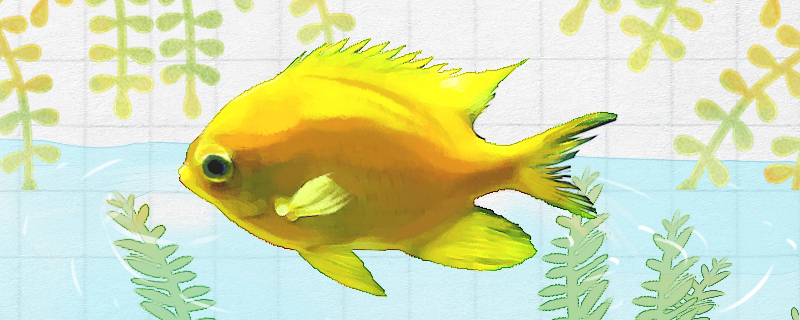
? Golden damselfish is very gentle and likes to gather into a community. In this community, a fish will become the leader of the fish. Other fish will follow the leader to move in a certain area of the water tank, which is very ornamental. So when you raise them, you need to raise a few more in a tank, and if you only raise one in a tank, then they will have a sense of urgency. The fish are somewhat aggressive as adults, but they are very strong and easy to raise.
1, water temperature: golden damselfish can adapt to a wide range of water temperature. When feeding, they can grow normally only by keeping the water temperature between 24 and 28 degrees Celsius.
2. Water quality: For them, the water quality is kept in a weak alkaline soft water state, which is most conducive to their survival. Therefore, in the feeding process, the pH value of the water body needs to be adjusted to be between 8.0 and 8.4, and the hardness of the water body is preferably controlled between 5 and 10. It should be noted that the color of their bodies will change according to their emotions. When they are afraid or nervous, they have black markings. It is likely that the pH or hardness is too low, and the water needs to be changed.
3. Feeding: Their requirements for food are relatively low. In the natural environment, it mainly feeds on crustaceans and zooplankton, but in the process of artificial feeding, it can also accept artificial feed.